Priscilla Dean stars as Mary, aka the Gutter Rose. Pickpocket, purse snatcher and general shady lady, Mary’s world changes when she encounters a real gentleman for the first time. This does not sit well with her partner in crime and would-be lover, Stoop (Lon Chaney). This film is the very first collaboration between Chaney and director Tod Browning.
Home Media Availability: Released on DVD.
Gutters! Glorious gutters!
The Wicked Darling is another film that was very nearly lost. The sole surviving print was discovered in the Netherlands just in time. Mildew had already damaged the nitrate but it was still watchable. This is fortunate as The Wicked Darling is an important film in cinema history.
Great director-star pairings are the stuff of movie legend. Griffith and Gish, DeMille and Swanson, Kurosawa and Mifune, von Sternberg and Dietrich, Eisenstein and Cherkasov… and Browning and Chaney. Browning’s glorious sideshow taste melded perfectly with Chaney’s makeup skills and flair for the macabre.
Tod Browning and Lon Chaney made ten weird, wonderful films together. Of these ten, two are considered lost. The Wicked Darling is the first of their collaborations.
At this point, Chaney was building a reputation as a character actor but he was not yet a major star. (Chaney’s big break would come later in 1919 with his role in The Miracle Man.) Browning had been directing since 1915 and had graduated to feature films in 1916. The Wicked Darling was one of five films he directed in 1919 and one of two that he made with Priscilla Dean that year.
Two of silent Hollywood’s heavy hitters before they made it big? But is it any good? Let’s see.
The Wicked Darling is one of the popular “regeneration” films of the silent era. The treatment of prisoners and questions of whether criminals could be reformed were important political debates during this period and the regeneration films tapped into those debates. The plots would revolve around the protagonist’s attempts to leave his or her criminal past behind and the challenges that they must overcome to become law-abiding citizens.
The film starts with a rose that was thrown in the gutter. But, we are informed, it remains a rose all the same.
We meet our heroine, nicknamed the Gutter Rose (Priscilla Dean). Her real name is Mary and she has formed an uneasy partnership with Stoop Connors (Lon Chaney), a violent criminal who uses Mary’s pickpocketing skills to steal jewelry from the high hat set.
Mary is mischievous but not a bad person underneath. She dislikes her way of life but has never known any other. More than anything, though, she dislikes Stoop and his rough passes.
But now it’s time to meet our leading man. Kent Mortimer (Wellington A. Playter, who was the villain in Back to God’s Country) has lost his fortune and this also means that he has lost his fiancee, Adele (a criminally underused Gertrude Astor). At a splendid hotel party, Adele returns his ring… though she does keep his pearls. Kent is not one to quibble and quietly leaves. As Adele is departing, she drops that pearl necklace.
Stoop has been watching for just such an opportunity. He gives Mary the signal and she bolts in and grabs the pearls. Stoop plays the innocent bystander and runs interference for her. However, Mary soon finds herself pursued by an angry mob. Seeing an open door, she slips inside. As it turns out, the house where she has taken refuge belongs to Kent. Well, belongs to him for the next eight hours or so. It is destined to be auctioned off, along with its contents.
Kent discovers Mary hiding in his study but she persuades him not to call the police. She is taken aback by his gentlemanly ways and sense of humor. He tells her a little about himself and reveals that he holds no malice against Adele. Who can blame her for not wanting to marry a pauper? Kent shows Mary to the door but she sneaks back in to steal one more time. She takes the framed photo of Adele.
Changed by her brush with civilization, Mary refuses to hand over the pearls to Stoop. She escapes and disappears from the underworld map.
Some time later, Mary and Kent meet again. He is as broke as can be but she has obtained work as a waitress. Kent had always suspected that Mary was a thief but he is delighted to discover that she is a respectable working girl. The pair soon begin to date, though Mary does not reveal her seedy past.
Oh, and why did she take that picture of Adele? To remind herself of Kent. Mary talks to the picture, telling it that she doesn’t want Kent’s money, just his love.
But Stoop does not give up so easily. Those pearls are worth a fortune and he means to have them. Mary may have left the underworld but Stoop has contacts all over the city and it is only a matter of time before he tracks her down…
The Wicked Darling has many of Tod Browning’s trademarks in place. Like fellow director Rex Ingram, Browning loved to feature grotesque background characters in loving closeups. Ingram used these outlandish individuals to contrast with his sumptuous sets and beautiful lead performers. Browning used his grotesques to create a disturbing, off-kilter atmosphere.
Browning insisted on shooting his film at night on location, as opposed to using the usual day-for-night shots. This further adds to the grim, shadowy feel. The whole movie is gritty as, other than that brief party scene at the beginning, we are submerged in the world of the working poor and the criminal underworld.
So the movie has atmosphere to spare but what about the big question: How is Chaney?
At first, Chaney is his usual, villainous self. He scowls, threatens and cowers in equal measure. He does it well but there is not much we haven’t seen before. Then comes the third act of the film and Chaney’s talent is unleashed full-force. His character’s hatred and malice seems to burst from his body. It is a splendid thing to behold. You get to see a star being born before your eyes.
Stoop’s fatal flaw is his greed. He wants the pearl necklace and he wants Mary (though, if forced to choose, he will take the pearls). Every movement Chaney makes, every look he gives, is colored by this overwhelming rapacity. While other villains of the period could put across menace, few of them were capable of the complicated and demented malevolence that Chaney wielded.
Now lets talk a bit about Priscilla Dean. If film noir had been around in the silent era, she would have been one of the tough talking dames. As it was, she specialized in playing intense roles, often on the wrong side of the law. Relatively few of her pictures are available to the general public, making The Wicked Darling an extra special treat.
Dean was popular in the ‘teens and early twenties but her popularity was on the wane as the decade wore on. By 1927, she was relegated to short films. As of this writing, Miss Dean’s Wikipedia bio states that her career was damaged by sound but it is clear that her star was fading before that.
There is an unfortunate tendency for any and all career mishaps of the 20’s and 30’s to be blamed on the talkies. In Miss Dean’s case, this misconception is easily put to rest. Her final film appearance was in the 1932 medical drama Klondike. It is in the public domain and readily available for free viewing. It is immediately clear that while Dean’s voice lacks the plummy Hollywood sound and betrays her New York origins (which works with her tough girl persona), it is perfectly fine.
Dean is excellent in the lead role. She matches Chaney’s intensity and manages to play one of the most elusive movie characters: A self-reliant heroine. Mary survives in the underworld because she is smart and because her jovial nature has won some friendships. You see, Tod Browning’s underworld is a scary place but outside of a few bad apples, most of the residents are decent folks.
Mary’s most important ally is the bartender of her favorite watering hole. Played bombastically by Sennett veteran Kalla Pasha, he is one of the few people that Stoop is legitimately afraid of. Kalla Pasha, by the way, was Turkish the way Natacha Rambova was Russian and Ricardo Cortez was a Spaniard.
As for the rest of the cast, Spottiswoode Aitken is suitably repulsive as Stoop and Mary’s fence. Gertrude Astor is good as the gold-digging Adele, though she disappears after the first few minutes of the film. Wellington A. Playter is a bit stodgy and I didn’t like the way he dumped Mary once he discovered her past but maybe she likes older stodgy men.
So, come for Lon Chaney, stay for Priscilla Dean and enjoy Tod Browning. I think that covers everything.
Movies Silently’s Score: ★★★½
Where can I see it?
The Wicked Darling was released on DVD along with Victory, another early Chaney film appearance. The print damage is pretty bad but the action is still clearly visible and we are fortunate to see it. The movie is accompanied by an enjoyable synth score performed by Eric Beheim.
☙❦❧
Like what you’re reading? Please consider sponsoring me on Patreon. All patrons will get early previews of upcoming features, exclusive polls and other goodies.
Disclosure: Some links included in this post may be affiliate links to products sold by Amazon and as an Amazon Associate I earn from qualifying purchases.
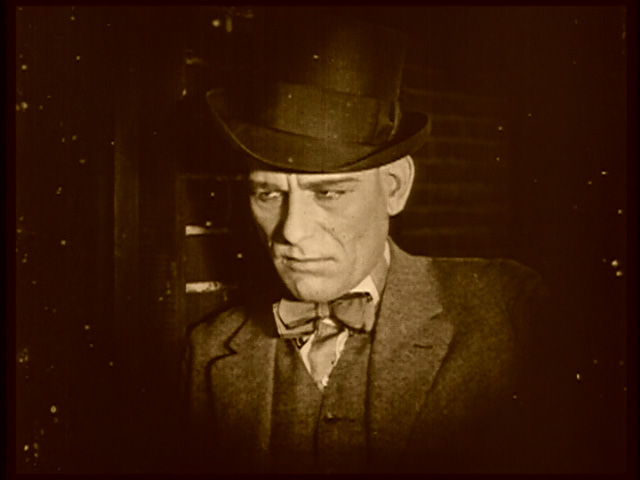


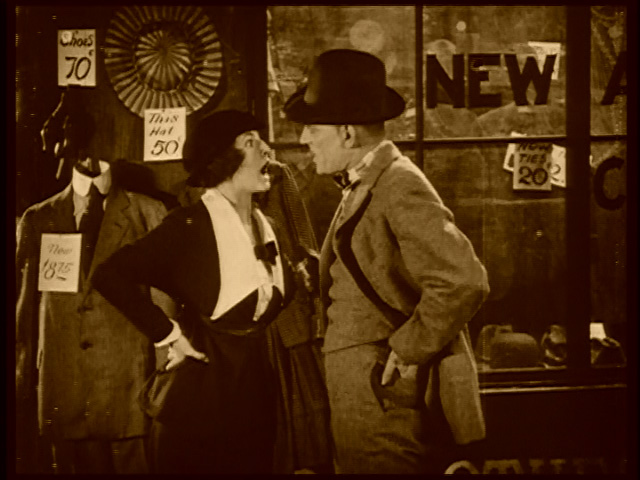

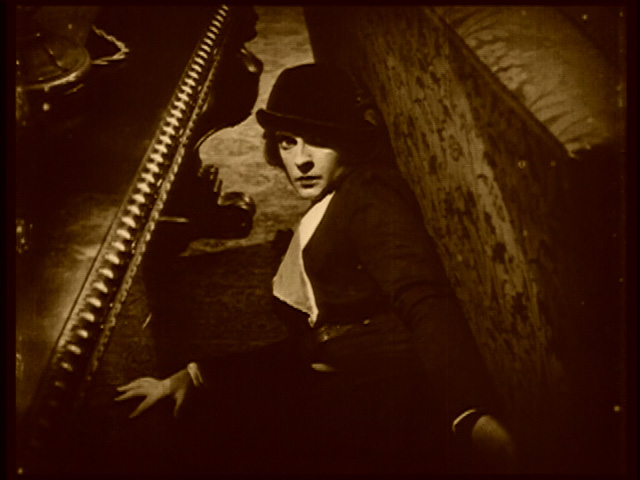
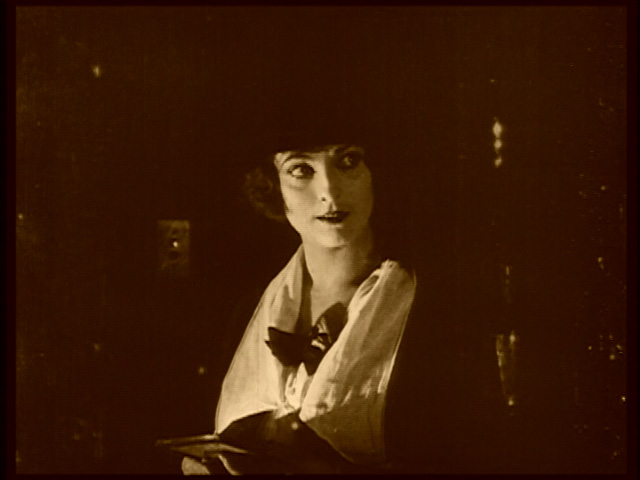

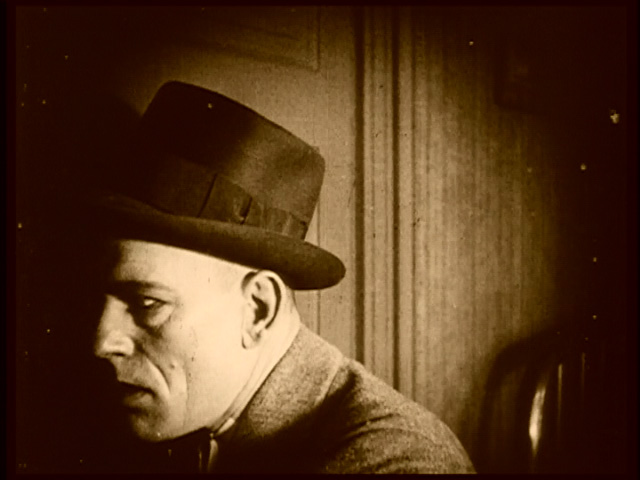
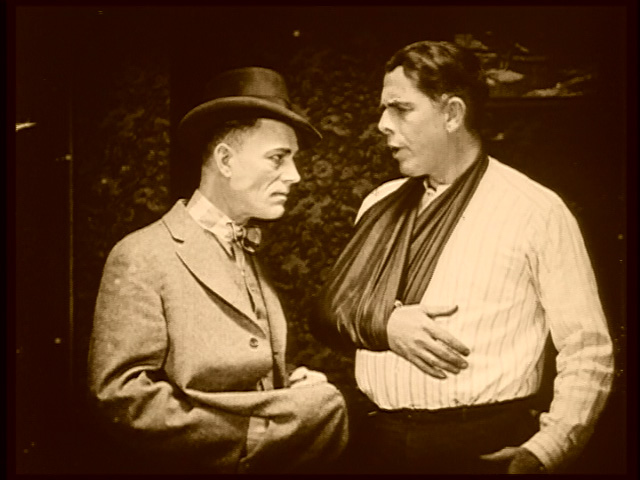
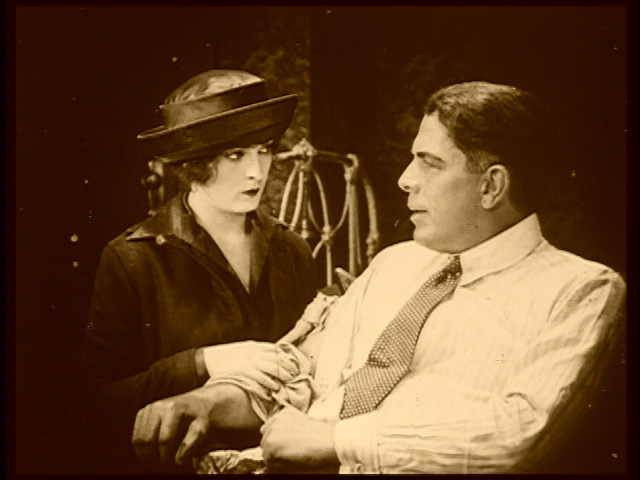

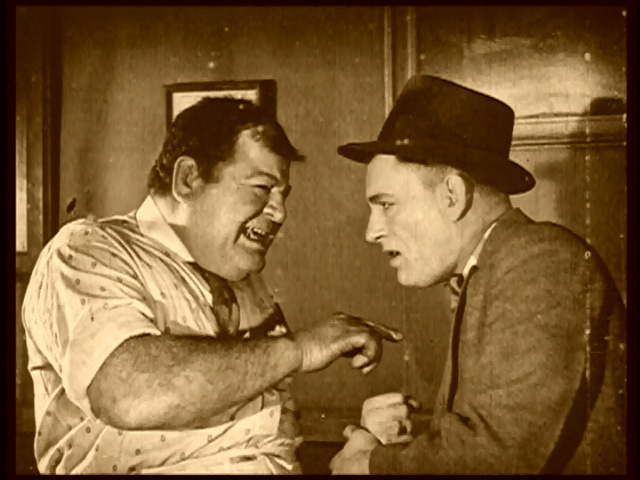
This is a remarkable opening to our Blogathon. It’s astounding to think of the work that Browning and Chaney did together. I do need to see this film as you’ve got me interested in seeing Dean’s performance. And of course Mr rapacious Chaney Sr. I love the names he was given in his films. Stoop is swell. And I think I’ll name a cat Gutter Rose. I often find my strays that way. Good and beautiful but born at first into hard times. It’s very sad that these gems are beset by mildew or lost completely. Thanks for sharing this one with us… Great images too- I love what you said-“Browning loved to feature grotesque background characters in loving closeups.” so true so true
Thanks so much! I think this is my favorite early Chaney (with The Penalty and West of Zanzibar tying for my overall favorite) I am sure you will enjoy it.
And the cat name is a great idea. 🙂
I truly think I’ll have to find myself a Gutter Rose that purrs now… I trust your taste girl… I’ll have to see Wicked Darling ASAP. I agree about The Penalty and West of Zanzibar- my favs as well- Whew… we’re really swinging today!!!!
Great stuff, Fritzi. Now I’m anxious to see the movie. The stills are beautiful. I agree with Monstergirl about the names of Chaney’s characters. Stoop is a good one.
Thanks!
I love the look of this film. Like a previous commenter said, the stills really are beautiful.
I liked your description of Chaney having “a complicated and demented malevolence”. That phrase sold me on the movie right there and then.
Thanks! Yes, it is a real treat for silent fans. 🙂